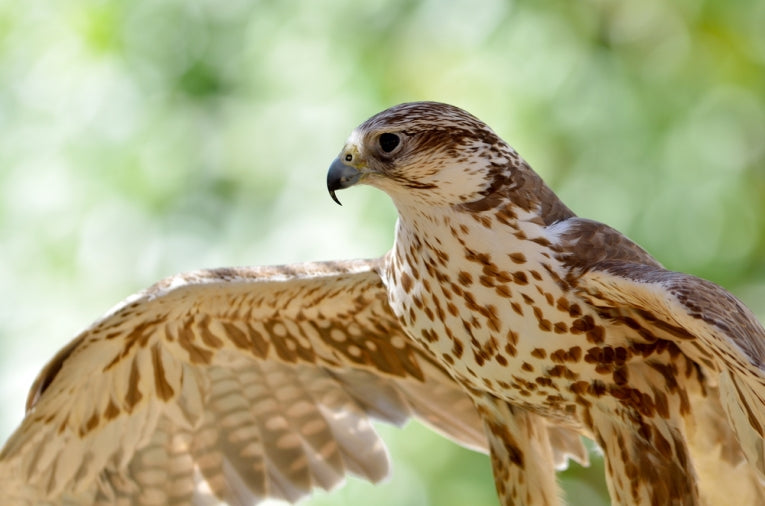We write about ecological disasters and pollution in many countries, but it is a common occurrence for human curiosity to miss the obvious. While many seas of the world suffer overfishing and dumping silently, some are actually disappearing. Those 20 species of fish that recently lived in the Aral Sea are extinct, while the Caspian, the Black Sea and many other lakes and rivers suffer similar fates.
The Aral died when irrigation from its 2 main feeder rivers caused it to shrink by up to 80%! The Amu Darya, once known to Alexander the Great as the ancient Oxu, now disappears into a vastly enlarged desert instead of flowing to the Aral. Incredible management, long ago, by the USSR, but we have all heard the kind of agricultural based, monocultural madness that robs water from those who need it.
Discounting for the moment the intense human effects, wildlife is the essence of theses environments. The raptors that relied on the Aral Sea are presently endangered species. The cinereous vulture, Aegypius monachus, and the saker falcon, Falco cherrug, are huge birds of prey that hold out here in mountain refugia with the Isabelline brown bear, the lynx and the snow leopard accompanying these two rare raptors. The saker falcon is renowned for the large and illegal trade from the region to the Arabian peninsula, where gentlemen like to pay huge sums to fly them.
There are also many insects and reptiles that are endemic to central Asia, given the unique geophysical features and climatic variations. A German organisation has a presence in one of the largest nations of the area, in Uzbekistan, encouraging environmental concerns and nature reserves. Jens Wunderlich reports that, "Uzbekistan is home to many globally threatened species of animals and plants. 9% of Uzbekistan's 4,800 plant species are endemic; the country's vertebrate species include more than 50 % endemics, among them 15.4 % of its mammals. The Red Data Book of Uzbekistan (2009) contains 184 endangered species of animals."
As we said, the greater investigation of reptiles and insect fauna in the future may produce some new varieties and species for us, when research into their genetics begins. Ecotourism in central Asia is, of course, quite developed in this largely un-populated mountainous part of the world. Many more tourists will flock there if species of all kinds are obviously packaged for their photography. That is opposed to some of the "hunting" that has been advertised by people who obviously don't understand the direction in which most people are thinking in 2013.
Endangered species are however strictly protected in Uzbekistan within large reserves. The houbara bustard, ferruginous duck and marbled teal can be found safe inside the Ecocentre Jeiran near Bukhara, alongside many migratory birds. The largest reserve is further south, on the Gizzara Ridge. Since 1983, the State Reserve there has consisted of almost 81,000 hectares of meadow, forest and reservoirs. It is situated near Kashkadarya.
Tugai is the name given to the forest that has developed along the flood plains of rivers further north, surviving especially near Samarkand. Tamarix ramosissima and Tamarix hispida, along with poplars and sea buckthorn withstand the high soil salt concentrations. Around 8000 of a rare variety of white-winged pheasant, the Zerafshan pheasant and many other species such as boar, bald badger, porcupine and white-headed owl shelter in these "gallery forests."
These reserves are well-protected, long-established and presenting a wide variety of fauna and flora, living in habitats that vary from juniper forests to small lakes. Pollution has taken its toll, both in former Soviet times and currently from aluminium smelting. The possibility of a bleak future can be put off if tourists realise that these parts of Asia are worth visiting, even if the probability of a snow leopard sighting is fairly low. Endemics alone are of major interest, or it is possible to observe the many migrants passing by and through the mountains.
We look forward to more scientists providing species counts and different aspects of the wilderness that still covers both high alpine pasture and low desert scrub regions, in Uzbekistan and the rest of Central Asia. Some specially protected areas and reserves are listed via a government site.










